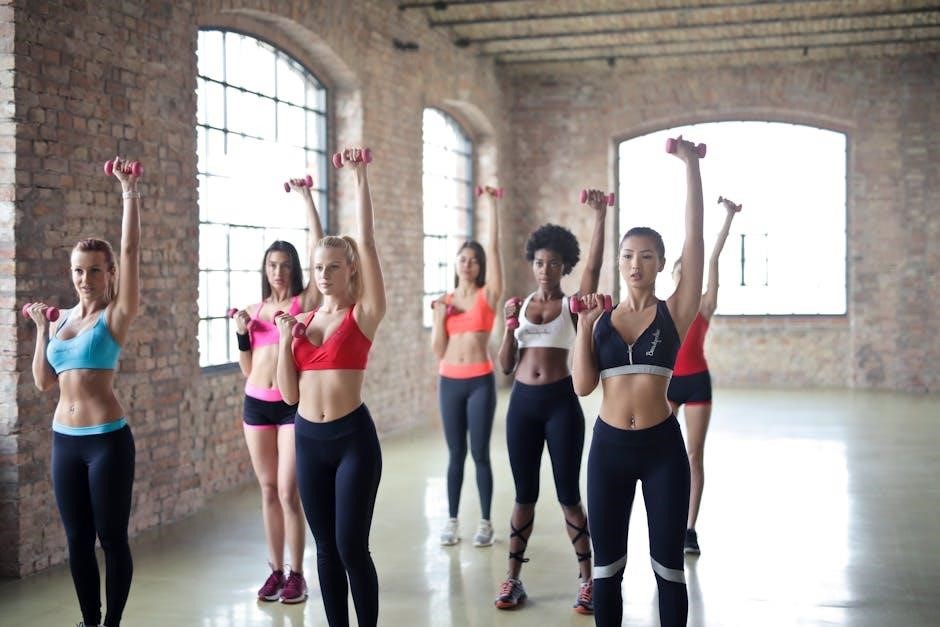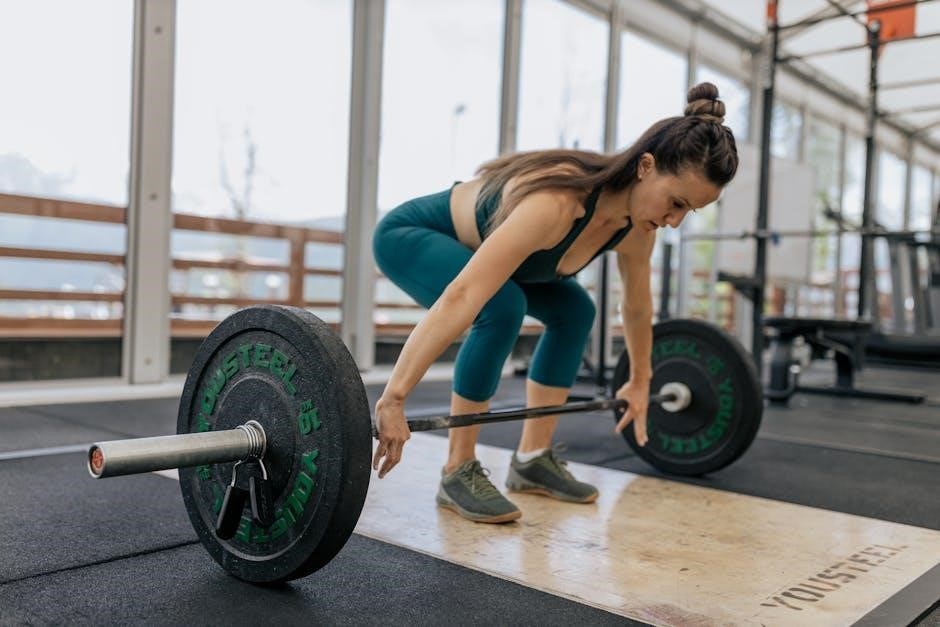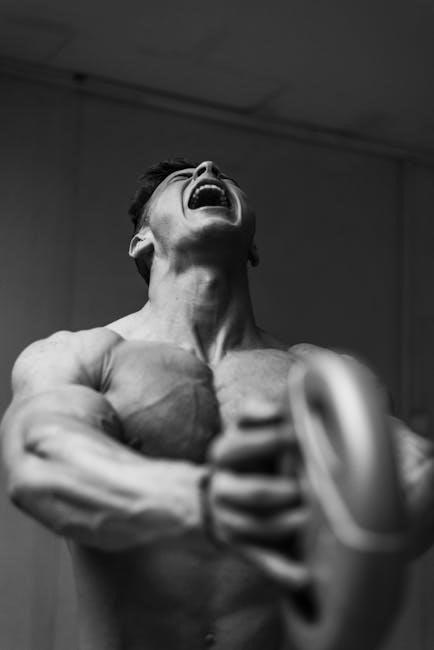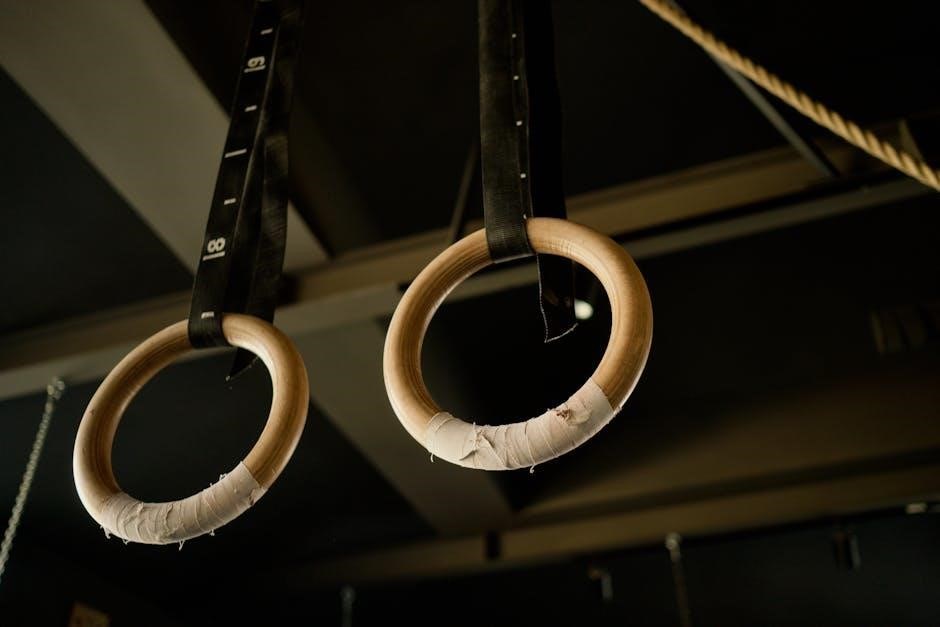Importance of Supplemental Fitness Training
Supplemental fitness training is crucial for dancers as it enhances their physical abilities, reduces the risk of injuries, and improves overall performance. Through various exercises and training methods, dancers can develop the strength, power, and endurance needed to excel in their craft. The importance of supplemental fitness training lies in its ability to address the specific needs of dancers, providing them with the physical capabilities to execute complex movements and routines. By incorporating fitness training into their regimen, dancers can improve their technique, increase their flexibility, and boost their overall health and wellbeing. Effective supplemental fitness training can also help dancers to recover more quickly from injuries and to maintain their physical condition throughout their career. This type of training is essential for dancers who want to achieve optimal performance and reduce the risk of injury, allowing them to focus on perfecting their art.
Relationship Between Physical Fitness and Dance Performance
The relationship between physical fitness and dance performance is intricately linked, with physical fitness playing a critical role in determining a dancer’s ability to execute movements with precision and control. A dancer’s physical fitness level can significantly impact their performance, influencing factors such as technique, artistry, and overall expression. Research has shown that dancers who possess high levels of physical fitness tend to perform better and are less prone to injury. Physical fitness components such as flexibility, strength, and endurance are essential for dancers, as they enable them to maintain proper technique and execute complex movements with ease. Furthermore, physical fitness can also enhance a dancer’s artistic expression, allowing them to convey emotions and tell stories through movement with greater depth and nuance. By understanding the relationship between physical fitness and dance performance, dancers and instructors can develop targeted training programs to improve overall performance and reduce the risk of injury.

Key Components of Strength and Conditioning for Dancers
Key components include muscle physiology and training principles to enhance dance performance and reduce injuries effectively always using various exercises and methods properly every time with great care and attention.
Muscle Physiology and Training Principles
Muscle physiology and training principles are essential for dancers to understand, as they provide the foundation for effective strength and conditioning programs. The human body is composed of various muscle fiber types, including fast-twitch and slow-twitch fibers, which are adapted for different types of movement. Dancers require a combination of strength, power, and endurance to perform complex movements and routines. Training principles such as progressive overload, specificity, and periodization are crucial for designing effective strength and conditioning programs. By understanding how muscles work and how to train them, dancers can improve their overall performance, reduce the risk of injury, and enhance their overall dance experience. Additionally, knowledge of muscle physiology and training principles can help dancers to better prepare for performances, rehearsals, and competitions, and to recover more effectively from intense physical activity. This knowledge is vital for optimal dance performance.
Specific Training Components for Dancers
Specific training components for dancers are designed to enhance their physical abilities and improve their overall performance. These components include plyometric training, which helps to improve power and explosiveness, and flexibility training, which enhances range of motion and reduces the risk of injury. Dancers also require core stability and strength to maintain good posture and control during movements. Additionally, training components such as balance and proprioception are essential for dancers to develop awareness of their body position and movement. By incorporating these specific training components into their strength and conditioning program, dancers can improve their technique, increase their endurance, and reduce their risk of injury. A well-designed training program will also take into account the specific demands of different dance styles, such as ballet, contemporary, or hip hop, to ensure that dancers are prepared for the unique physical challenges of their discipline. This targeted approach helps dancers to achieve optimal physical conditioning.

Program Design and Implementation for Dancers
Effective program design and implementation for dancers requires careful planning and consideration of individual needs and goals always using various methods and techniques effectively every time.
Self-Screening and Programme Design for Dancers
Self-screening is an essential component of programme design for dancers, allowing them to identify areas of strength and weakness. This information can be used to create a personalized training programme, tailored to their specific needs and goals. By conducting a self-screening assessment, dancers can determine their current level of fitness and mobility, and identify potential injury risks. This data can then be used to inform the design of their training programme, ensuring that it is both effective and safe. A well-designed programme will take into account the dancer’s individual needs, goals, and limitations, and will provide a clear framework for progression and development. Effective programme design and self-screening can help dancers to optimize their performance, reduce their risk of injury, and achieve their full potential. Regular self-screening and programme review can also help dancers to stay on track and make adjustments as needed.
Exercises for Core, Upper and Lower Body for Dancers
Exercises for dancers should target the core, upper and lower body to improve overall strength and stability. The core muscles, including the abdominals and back, play a crucial role in maintaining good posture and preventing injuries. Exercises such as planks and bridges can help to strengthen the core. The upper body, including the arms and shoulders, can be strengthened with exercises like push-ups and rows. The lower body, including the legs and hips, can be strengthened with exercises like squats and lunges. These exercises can be modified to suit different levels of fitness and ability, and can be incorporated into a dancer’s training programme to improve their overall strength and performance. By including a range of exercises that target different muscle groups, dancers can ensure that they are well-rounded and prepared for the demands of dance. Regular exercise can also help to reduce the risk of injury and improve overall health and wellbeing.

Nutrition and Injury Prevention for Dancers
Nutrition and injury prevention strategies are essential for dancers to optimize performance and minimize risk of injury always using healthy eating habits and safe dancing practices effectively every day.
Nutritional Support for Dancers

Nutritional support is crucial for dancers to maintain optimal energy levels and support overall health; A well-balanced diet that includes a variety of foods from all food groups is essential. Dancers require adequate amounts of carbohydrates, protein, and healthy fats to support energy production and muscle function. Additionally, adequate hydration is essential to prevent dehydration and maintain optimal physical function. A sports dietitian or nutritionist can help dancers develop a personalized nutrition plan that meets their specific needs and goals. This may include identifying the best foods to eat before, during, and after performances, as well as providing guidance on how to maintain a healthy weight and body composition. By fueling their bodies with the right foods, dancers can optimize their performance, reduce their risk of injury, and support overall health and well-being, which is essential for achieving success in their craft and career as dancers.
Injury Prevention and Management for Dancers
Injury prevention and management is a critical aspect of a dancer’s career, as injuries can be debilitating and affect performance. Dancers are at risk of various injuries, including musculoskeletal injuries, such as strains and sprains, as well as overuse injuries. To prevent injuries, dancers can engage in injury prevention strategies, such as warming up and cooling down, stretching, and strengthening exercises. Additionally, dancers can benefit from learning proper technique and posture to reduce the risk of injury. In the event of an injury, prompt medical attention and rehabilitation are essential to ensure a safe and effective return to dance. A comprehensive injury management plan should include injury assessment, treatment, and rehabilitation, as well as strategies for preventing future injuries. By prioritizing injury prevention and management, dancers can reduce their risk of injury and maintain optimal physical function, allowing them to perform at their best and achieve their goals. Effective management is key to a successful dance career.
